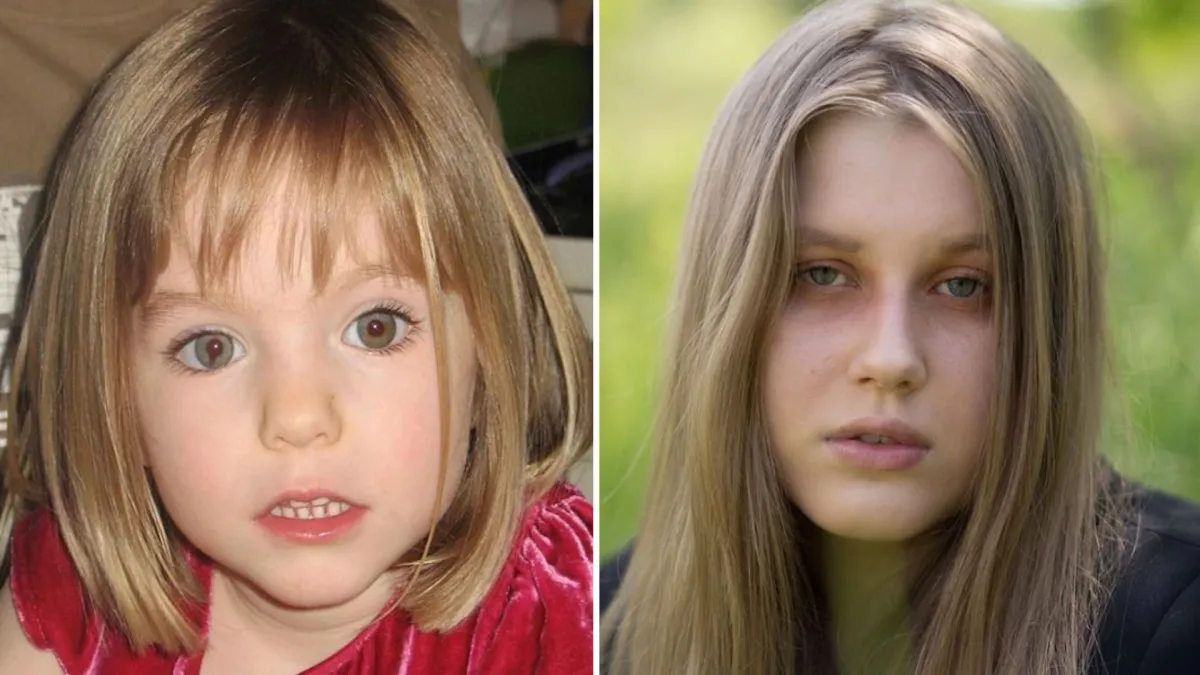The entertainment world is filled with bright, loud personalities — yet every so often, a figure emerges whose presence is defined not by noise, but by grace, consistency, and an unwavering commitment to craft. Patrick Adiarte was one of those rare individuals. His work stretched from Broadway stages to iconic television shows, from film sets to classrooms filled with future artists. When he passed away at the age of 82, the industry lost a performer whose contributions may not have always demanded attention, yet quietly shaped generations of viewers and students.
While many knew him as Ho-Jon from the first season of the legendary television series M*A*S*H, his life story went far beyond that single role. To understand Patrick Adiarte is to trace a journey that began amid wartime trauma, blossomed through artistic persistence, and ultimately ended with a legacy built not on fame alone, but on heart, resilience, and dedication.
A Life That Began in Turbulence
Patrick Adiarte’s story started far from the spotlight. Born in Manila on August 2, 1942, his first years were overshadowed by the chaos and danger of World War II. The Philippines was entrenched in conflict, and his family found themselves caught in the violent upheavals of the Japanese occupation. Like many families of the era, they were forced into imprisonment during the war. These early years were filled with experiences no child should ever endure — fear, displacement, and uncertainty.
When his family attempted to flee the conditions of war, tragedy struck. At only two years old, Adiarte was injured by a grenade explosion during the escape attempt. While the injury did not end his life, it became a symbolic reminder of the adversity he faced early on. Surviving wartime trauma would later shape his resilience, perhaps contributing to the quiet determination he was known for throughout his career.
After the war ended, the Adiarte family sought a new beginning. In 1946, they moved to the United States and settled in New York. Their transition to American life was not easy. They were immigrants learning a new culture, rebuilding their lives, and trying to heal from unimaginable memories. A decade after their arrival, they officially became U.S. citizens, though their journey was marked by sorrow when Patrick’s father — a captain in the Army Corps of Engineers — passed away. His father’s service, sacrifice, and dedication to rebuilding provided lasting inspiration to the young Patrick.
Finding His Voice on the Broadway Stage
New York City offered a new world of possibility, and it was here that Patrick Adiarte discovered the world of performance. As a child and young teen, he showed a natural gift for movement, rhythm, and expression. Rather than pursuing the traditional path of many immigrant families of the era, the Adiarte family fostered his talents, opening the door to opportunities that would shape the rest of his life.
By the early 1950s, Broadway was a bustling hub of innovation, although opportunities for Asian performers were severely limited. At that time, casting often relied on stereotypes or marginalized Asian roles into the background. Yet despite these barriers, Patrick Adiarte found his footing in two of the most influential musicals that featured Asian characters in substantive roles:
The King and I
Flower Drum Song
These productions were milestones in American theater history, and their influence extended far beyond music and dance. For many Asian Americans, they represented rare moments of visibility in an industry dominated by Western narratives. Adiarte’s expressive movement, precise technique, and instinctive emotional storytelling quickly captured the attention of casting directors and audiences alike.
His performances showcased more than technical talent — they demonstrated authenticity. He carried himself with a quiet poise that viewers felt even from the back rows of a crowded theater. This presence helped him stand out in an era when Asian actors were often overlooked.
From Stage to Screen: A Cinematic Breakthrough
Patrick Adiarte’s early success on Broadway led to a natural expansion into film. He appeared in the motion picture adaptations of both The King and I and Flower Drum Song, sharing scenes with major stars like Yul Brynner. For a young Filipino immigrant who had experienced war, displacement, and loss, stepping onto Hollywood sets symbolized a remarkable transformation. It also provided wider exposure, allowing him to transition from the theater community into the broader public eye.
Yet his career was never defined by one medium alone. He danced, he acted, he sang, and he adapted quickly to new forms of entertainment. His versatility became his greatest asset.
A Television Career That Reached Millions
By the 1960s and 1970s, television had become a powerful cultural force in American households. Patrick Adiarte embraced this shift and continued to expand his range.
Hullabaloo: Showcasing a Dancer’s Soul
Before many viewers knew him as Ho-Jon, he appeared as a dancer on NBC’s variety show Hullabaloo, a program that featured energetic choreography, live music, and vibrant performances. Dance was his first love, and the show allowed him to express his creativity in front of a national audience. These performances were dynamic and engaging, showcasing the fluidity and strength that set his style apart.
He even dipped briefly into pop music during this period, recording the single “Five Different Girls.” The song earned him attention in teen magazines, demonstrating his appeal across entertainment genres. Though he did not pursue a long-term music career, the moment highlighted his broad talent and willingness to explore new artistic avenues.
Becoming Ho-Jon: The Role That Defined a Generation of Viewers
While Patrick Adiarte’s career included numerous achievements, perhaps no role resonated more deeply with audiences than his portrayal of Ho-Jon in the first season of M*A*S*H. Premiering in the early 1970s, M*A*S*H would go on to become one of the most beloved and influential series in American television history. In the midst of its sharp humor, emotional depth, and commentary on war, certain characters embodied warmth and humanity — and Ho-Jon was one of them.
Adiarte played a kind, thoughtful Korean teenager who worked alongside Hawkeye, Trapper, and the rest of the camp’s chaotic but beloved staff. Despite appearing in only seven episodes, his character left an enduring impression.
Ho-Jon’s storyline emphasized hope and determination. In one of the most memorable arcs, the doctors worked tirelessly to help him pursue education in the United States. The character’s innocence, sincerity, and quiet courage stood out against the backdrop of war. Audiences saw in him not only a reflection of conflict, but the promise of a better future.
The emotional resonance of Ho-Jon’s story made Patrick Adiarte unforgettable to M*A*S*H fans. His scenes with Alan Alda and Wayne Rogers delivered moments of compassion and heartfelt connection. Even today, fans recall his contributions with affection, remembering him as one of the show’s early emotional anchors.
More Television Highlights: Expanding His Footprint
Before and after his time on M*A*S*H, Adiarte appeared in several major television programs of the era. Some were brief roles, others more lasting, but together they painted a portrait of a busy, in-demand performer.
His television credits included appearances in:
- The Brady Bunch
Most notably, he appeared in the famed Hawaiian vacation trilogy, episodes that remain among the most replayed and beloved in the show’s history. - Hawaii Five-O
- Bonanza
- Kojak
- High Time
- John Goldfarb, Please Come Home
These roles demonstrated the breadth of his adaptability. Whether comedic, dramatic, or action-oriented, Adiarte brought authenticity to every project he touched. This variety also underscores something important: at a time when opportunities for Asian performers were scarce, he succeeded through persistence, professionalism, and range.
Later Chapters: Teaching, Mentoring, and Giving Back
As Patrick Adiarte’s on-screen career slowed, his passion for performing remained strong — but his path shifted toward education. For many artists, the transition from performing to teaching is a natural evolution. For Adiarte, it felt like a final act in which he could shape the next generation of dancers and performers.
He taught at Santa Monica College and other institutions, offering instruction not just in dance technique but in discipline, artistry, and dedication. Students remembered him as patient, encouraging, and deeply invested in their growth. His connection to dance remained central to his identity, and he carried that love into every classroom he walked into.
Teaching allowed him to influence countless young performers, many of whom may never have known his filmography but felt his impact through his mentorship. It was a quiet, meaningful legacy — one that extended far beyond Hollywood.
Family, Personal Life, and Relationships
Behind the stage lights and television roles, Patrick Adiarte lived a life marked by family connections, love, and personal chapters that carried deep meaning. In 1975, he married Loni Ackerman, a talented Broadway performer and cabaret singer. Their marriage lasted 17 years, ending in 1992, but during that time they shared a creative bond rooted in their mutual love of the arts.
Adiarte also endured losses, including the death of his sister in 2016. At the time of his passing, he was survived by his niece and nephew, who remained close to him and supported him during his later years.
His Passing and the Legacy He Leaves Behind
Patrick Adiarte passed away at the age of 82 in a Los Angeles–area hospital. According to family members, pneumonia was the cause of death. His niece, Stephanie Hogan, confirmed the news, noting that he spent his final days in the city where he had lived, worked, and taught for decades.
Though his passing may not have received widespread headlines, the legacy he leaves behind is profound. His life reflects a narrative that is both inspiring and culturally significant:
- A child who survived war and displacement
- An immigrant who rebuilt his life and embraced opportunity
- A performer who broke barriers in theater, film, and television
- A teacher who dedicated himself to nurturing young talent
- A man whose artistic contributions resonated quietly but powerfully
He didn’t seek fame. He didn’t chase the spotlight. And yet, his work touched millions.
Why His Story Matters
Patrick Adiarte’s journey is meaningful not just for fans of M*A*S*H, Broadway, or classic television. It matters because it represents a narrative rarely highlighted in entertainment history: the perseverance of Asian performers in an industry that often overlooked them.
Long before conversations about representation became common, Adiarte was doing the work — performing, dancing, acting, and carving open doors that others could later walk through. His characters were never caricatures. His performances avoided stereotypes. Instead, he brought sincerity, dignity, and authenticity to every role.
Patrick Adiarte proved that impact does not always come from fame. Sometimes it comes from consistency, humility, and the courage to keep showing up — even when opportunities are limited.
A Final Portrait of an Artist
Looking back at his life, it becomes clear that Patrick Adiarte’s legacy extends beyond the number of episodes he appeared in or the shows he worked on. His legacy resides in the subtle but powerful ways he influenced audiences and fellow performers.
He was:
- A survivor of conflict
- A pioneer for Asian actors
- A dancer with rare expressive talent
- A performer who embraced every opportunity
- A teacher who guided countless students
- A quiet legend whose contributions endure
Patrick Adiarte’s story reminds us that the entertainment industry is built not only by its stars, but by the many talented individuals whose dedication keeps the craft alive. His life, filled with perseverance and artistry, stands as a testament to what it means to create with passion, live with humility, and leave the world better through one’s work.
Even after 82 remarkable years, the echo of his presence remains — in the shows he appeared in, the students he mentored, and the hearts of viewers who remember the gentle strength he brought to every role.




